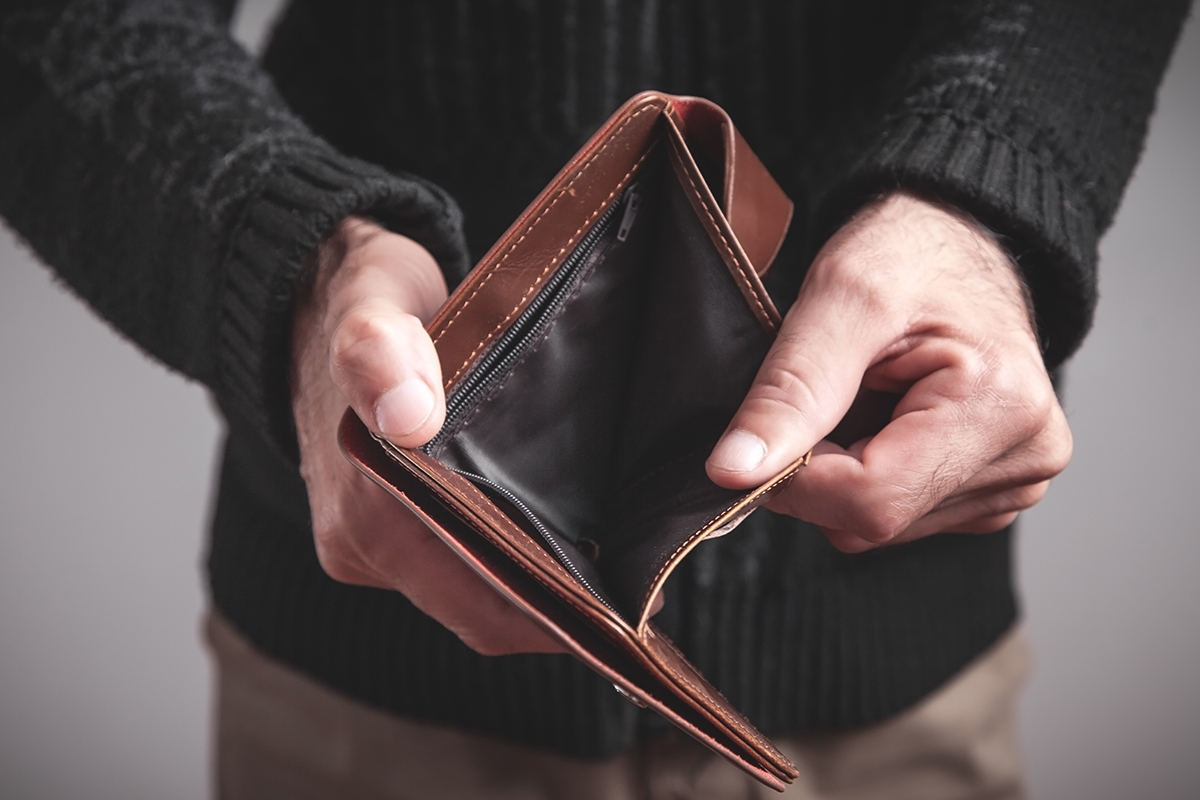Account takeovers, a sophisticated cybercrime, pose a significant threat to individuals worldwide. Not only can cybercriminals steal your personal financial information, but they can use it to destroy your identity and reputation as well. That’s why it’s become increasingly important to understand this crime and learn how to protect yourself.
Understanding Account Takeovers
An account takeover (ATO) occurs when unauthorized individuals access your accounts, often intending to exploit your personal information, conduct fraudulent activities, or compromise your financial assets.
Tactics Used Behind Account Takeovers
Cybercriminals use a variety of tactics to take over a person’s account. Here are some common ways this happens:
- Phishing Attacks: Phishing remains one of the most common methods for account takeovers. Cybercriminals use deceptive emails, messages, or websites to trick users into revealing their login credentials.
- Credential Stuffing: In cases where people reuse passwords across multiple platforms, attackers may gain access to one compromised account and then attempt to use the same login credentials on other sites.
- Brute Force Attacks: Cybercriminals use automated tools to try various username and password combinations until they discover the correct ones. This method relies on the vulnerability of weak or easily guessable passwords.
- Social Engineering: Some hackers may exploit personal information on social media or other online platforms to manipulate individuals into providing sensitive information or clicking on malicious links.
Protecting Yourself from Account Takeovers
Here are some ways you can protect yourself from account takeovers:
- Enable multi-factor authentication. This will allow an extra layer of security to your online accounts and require an extra authentication step (such as a code to your mobile device) for access. You can think of it as an extra barrier against unauthorized access.
- Use strong, unique passwords. Create complex passwords that include a mix of letters, numbers, and symbols. Avoid using easily guessable information such as birthdays or common words. And be sure to use a unique password for each account to prevent a domino effect if one is compromised.
- Regularly update passwords. Periodically change your passwords, especially for sensitive accounts like online banking or email. This practice ensures that even if your credentials were compromised in the past, they are less likely to be valid.
- Be skeptical of unsolicited emails, messages, or links. Verify the legitimacy of requests for personal information and never provide login credentials or sensitive data through unfamiliar channels.
- Monitor your account activity. Regularly review your account statements and monitor account activity using online or mobile banking. Consider placing alerts on your account to inform you when your balance falls below a specific limit or when deposits clear your account. If you notice any unauthorized or suspicious activity in your Quail Creek Bank accounts, please notify us immediately at 405-755-1000.
Your digital presence is valuable—protect it as you would any other asset. Stay secure, stay informed, and fortify your online accounts against the ever-present threat of account takeovers.






